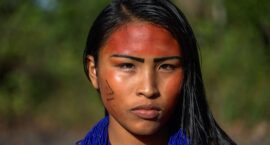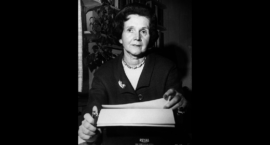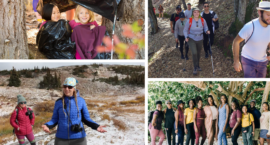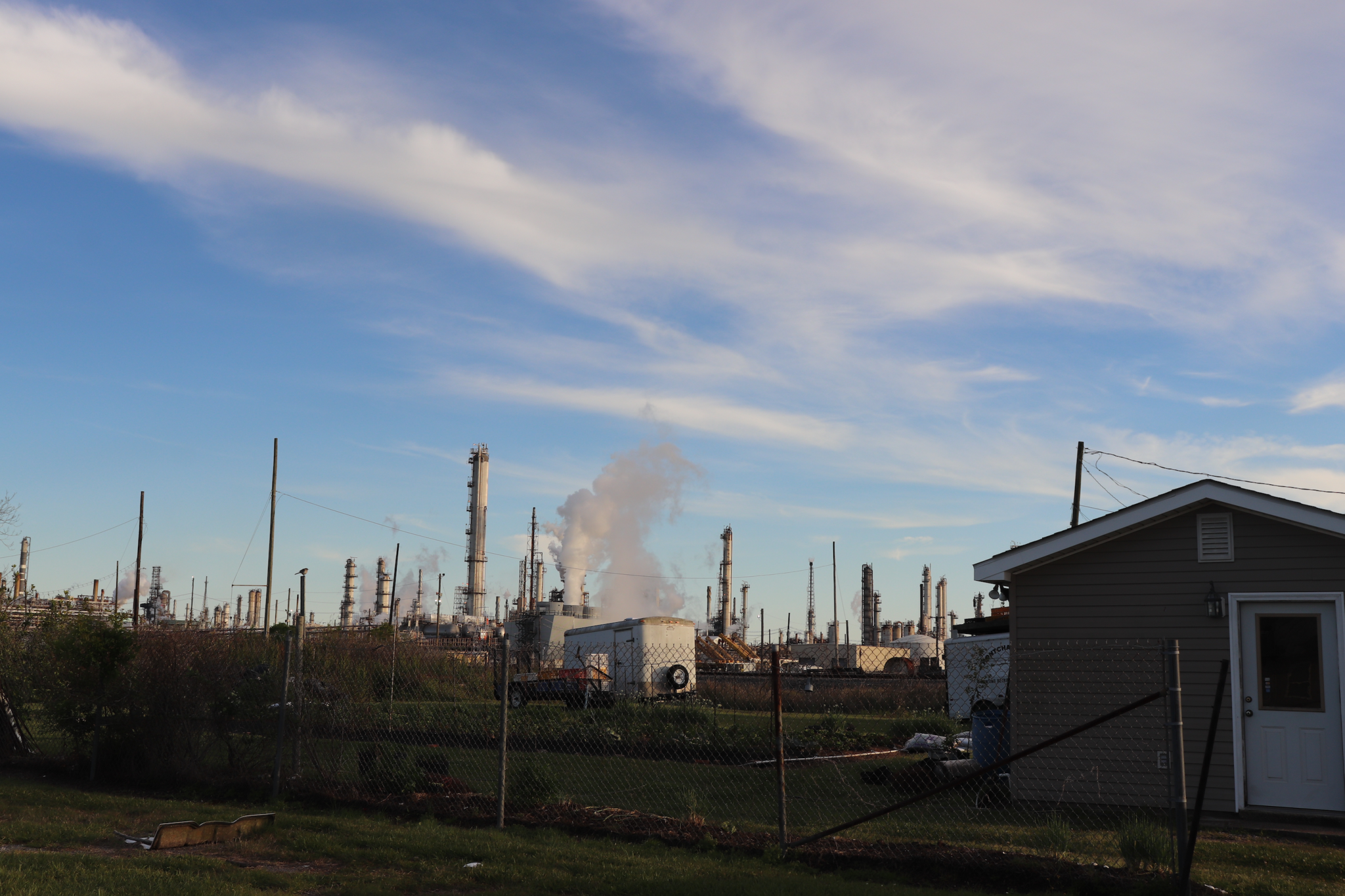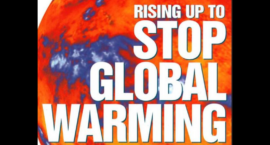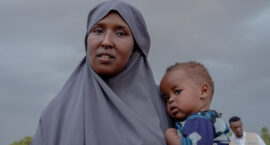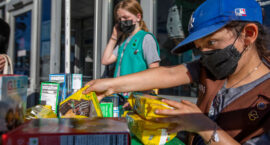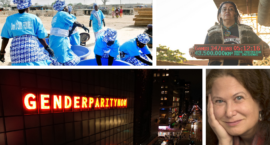A shift to the Indigenous perspectives, values and knowledge—one that prioritizes a harmonious relationship with the natural world—can inspire real, impactful and equitable action on the climate and conservation. While Indigenous Peoples and local communities account for just 5 percent of the world’s population, they own or manage at least 25 percent of the world’s land surface, 40 percent of protected areas, and steward an astounding 80 percent of biodiversity on earth.
Indigenous people have historically practiced land management and conservation methods that scientists now say are crucial for tackling the climate crisis and enriching biodiversity. As we celebrate International Mother Earth Day, we’d be wise to let Indigenous People and their intergenerational and holistic understanding of the natural world guide us in protecting and replenishing nature.



